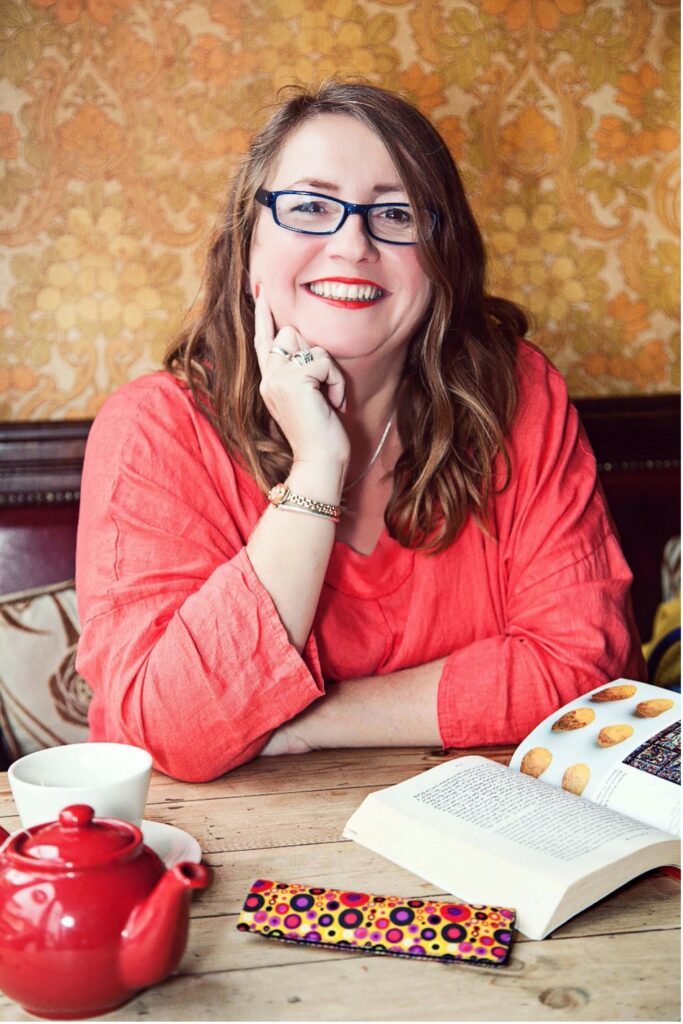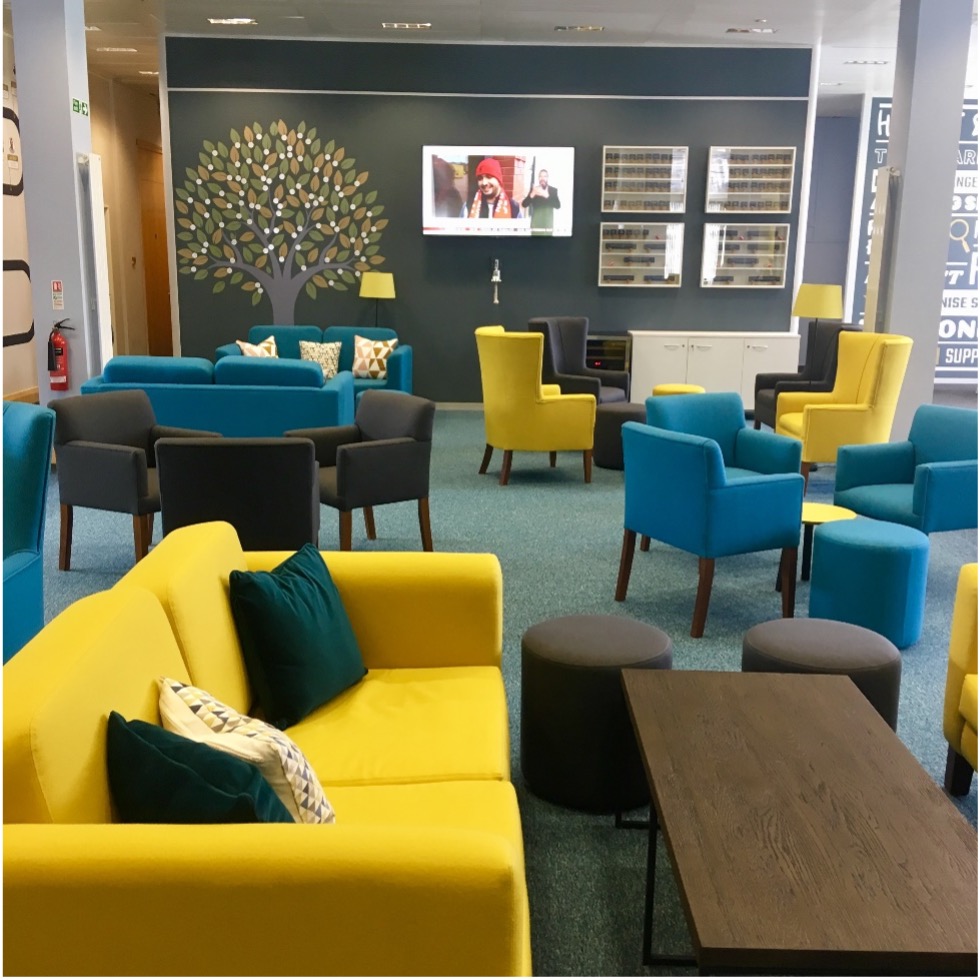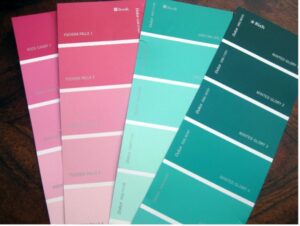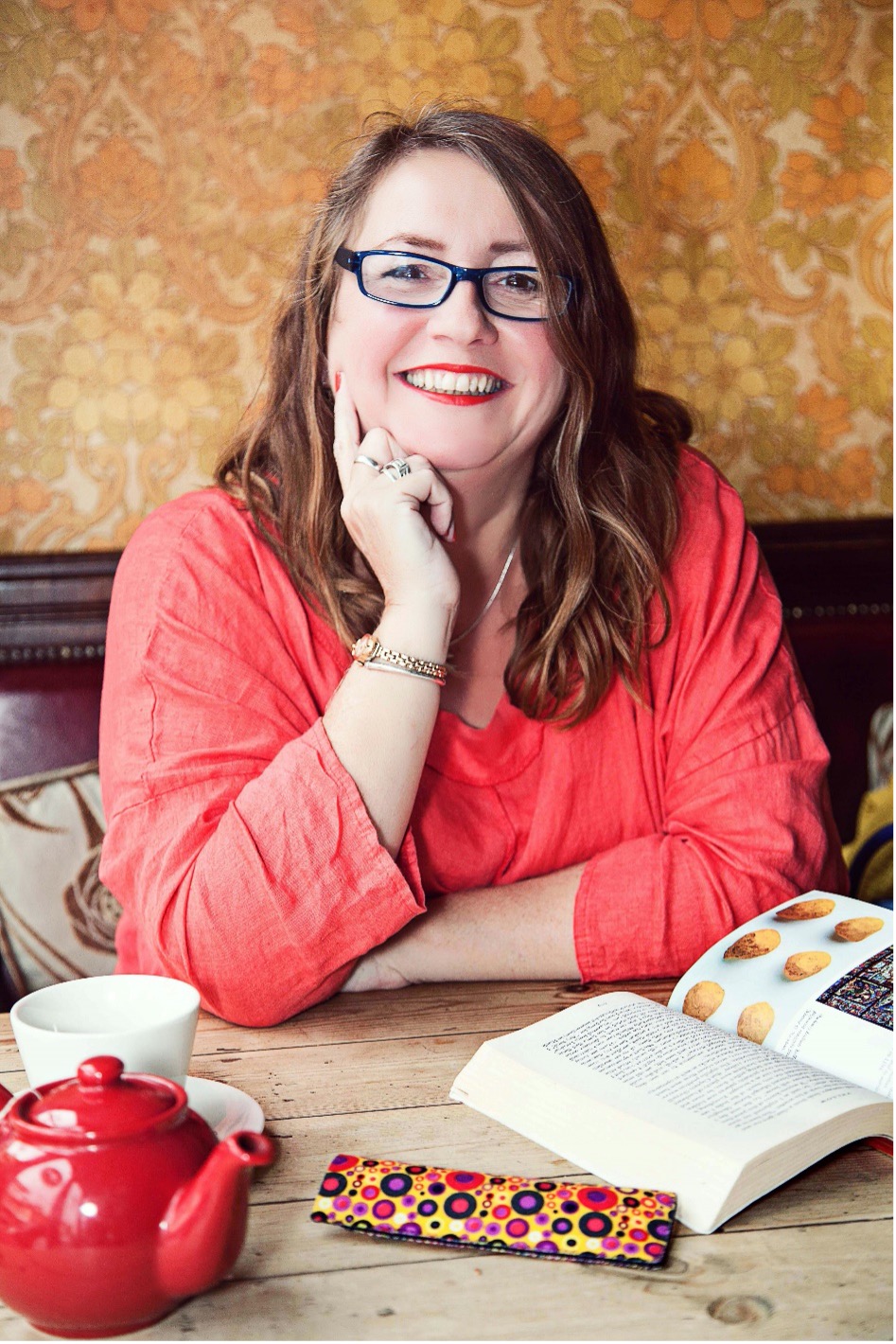How to design your perfect workspace
We all want to work in a perfect workspace that we love, don’t we?
Our surroundings can seriously influence our emotions and the way that we work as well as our creativity and productivity. But be honest, how much thought have you really put into the design of your workspace? How well does it really work for you?

Meet Michelle. She runs a small design consultancy called Light and Frank Interiors and last week she joined my online business network group, The Business Zone, to talk about How to create the perfect workspace.
About Michelle & Light and Frank Interiors
Michelle has developed an approach to Interior Design which she calls Personality Led Design. She believes that in design there is often too much focus on current trends and a bias to only consider Visual impact, where there needs to be more work with individual clients’ needs and exploration of client personality, sensory preferences and personal history.
When it comes to workplaces Michelle encounters a few mistakes she considers ‘classics’. Are you guilty of any of these?
Classic mistakes people make in designing their perfect workspace:
- Not caring because they don’t think it matters
- Following the latest trend e.g. industrial style, without thinking whether it suits their brand or their working style
- Playing it safe e.g. painting everything white, with a lack of thought about Brand and whether the colour scheme will ignite creativity / productivity etc
- Having a poor layout. Ideally moving between activities should flow well
1. Function & Mood
In this blog she’s highlighted a few areas to help you review and create your perfect workplace!!
The first thing to think about is what kind of work you do and the functions that your office has to deliver for you. List those functions out. Is it solitary and detailed, requiring concentration or more sociable and collaborative?
Then think about what kind of mood you want to be in to deliver those functions … e.g. energised, thoughtful, relaxed.
Then consider what works for you now and what doesn’t in terms of layout, furniture, equipment, noise, privacy, light etc
Is this hard to figure out? Here’s a question that might help: what are your top 3 frustrations in your workspace?
Did you know? – the top three pain points for employees in offices are:
- Too much noise
- No privacy and
- Wrong temperature

Descriptor: Portman Dental HQ office in Cheltenham: celebration and break out space
2. Personality
Let’s look at personality. The term personality can be specific – as used by psychologists and psychometricians to describe specific traits and as more broadly, as a general term to describe someone’s character. In Michelle’s approach she looks at people’s individual differences in terms of trait and state and in both broad and narrow terms.
Have a think about your personality and how that might impact the type of space that helps you work at your optimum.
Did you know?…
Introverts like calm quiet spaces to be able to concentrate. Think neutral or pastel décor, less objects, less chatter, a clear desk.
Extroverts will want a bit of background noise and can cope with more activity and interruptions. They will become restless with too much quiet. They are more likely to work in multiple space and seek out co-worker spaces.
Michelle also delves into traits called Conscientiousness and Openness to work out exactly which elements of an environment will work best for you and others that you work with.
Does your workspace suit your personality?
3. Senses
Thirdly, Michelle considers Sensory input explaining that the World is 3D and we experience it through our 5 senses. Each of us has a unique way that we experience the world
- For those that are visual it is all about colour, light, shapes, symmetry
- For those that are auditory it is all about quality, clarity, timbre, volume
- For those that are olfactory/gustatory it is all about strength, pungency, clarity
- And for those that are kinaesthetic it is all about atmosphere, texture, materials and comfort
Some people have a strong preference or dominance in one area and others are more evenly spread. We all use all of our senses (unless we have an impairment) so it’s important to factor these into your workspace design too.
Do you have a dominant sense? How might you change your workspace to suit that aspect of you?

Colour Psychology?
Colour psychology is an academic subject where the impact of colour on physiology, mood, thoughts and behaviours is analysed and understood.
You may have seen marketing/advertising schemes linking colours and popular brands. Colour psychology is big business and some of the infographics available online will lead you to believe that it’s really clear cut. Michelle warns that it is not really clear cut.
Michelle says that the way we respond to the colour has a number of different levels; the first is instinctive e.g. red means danger. In humans this is hardwired so it’s something that we respond to without thinking consciously.
The second level is a learned response, this can be influenced by upbringing, by culture and other personal experiences. This too can go deep in most people and feel instinctive.
What are your favourite colours? And any hated ones? Do you have strong feelings or not? The depth of the colour (or level of saturation) is as important as the colour itself. E.g. you might hate bright yellow but like pastel yellow.
Summary
So there’s a taster to help you think about how design impact worker happiness and productivity. With a little thought and effort you can create a workspace that:
- increases creativity and boosts pride for all
- increases a sense of belonging
- promotes positive customer experiences
- minimises risks re injury, sickness and retention
Michelle’s Top Design Tips
- Consider everybody who is using your space and their needs
- Invest in ergonomics – e.g. buy decent chairs, a bad back will impede your productivity like nothing else!
- Manage noise levels to suit the people. Allow privacy
- Maximise natural light
- Paint the walls! Choose your colours carefully but have a go
- Increase fresh air/ ventilation, add subtle positive scents
- Add plants
- Consider the views. Who sees what? What are you looking at?
- Look at furniture layouts to improve the flow of work activity
To find out more about Personality Led Design follow Michelle at Frank and Light on social media, hop over to her website or drop her an email.
https://www.facebook.com/lightandfrank
https://www.instagram.com/lightandfrankinteriors/
https://www.linkedin.com/in/michelle-armitage-6165962/https://
www.lightandfrank.com
michelle@lightandfrank.com





0 Comments